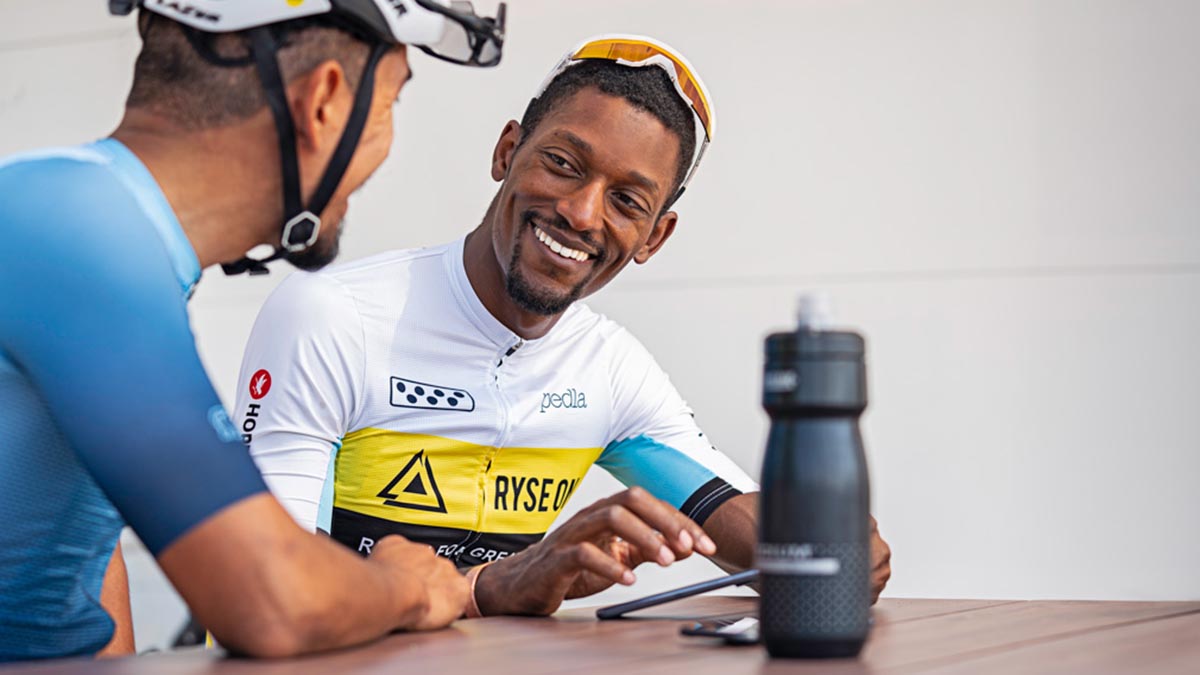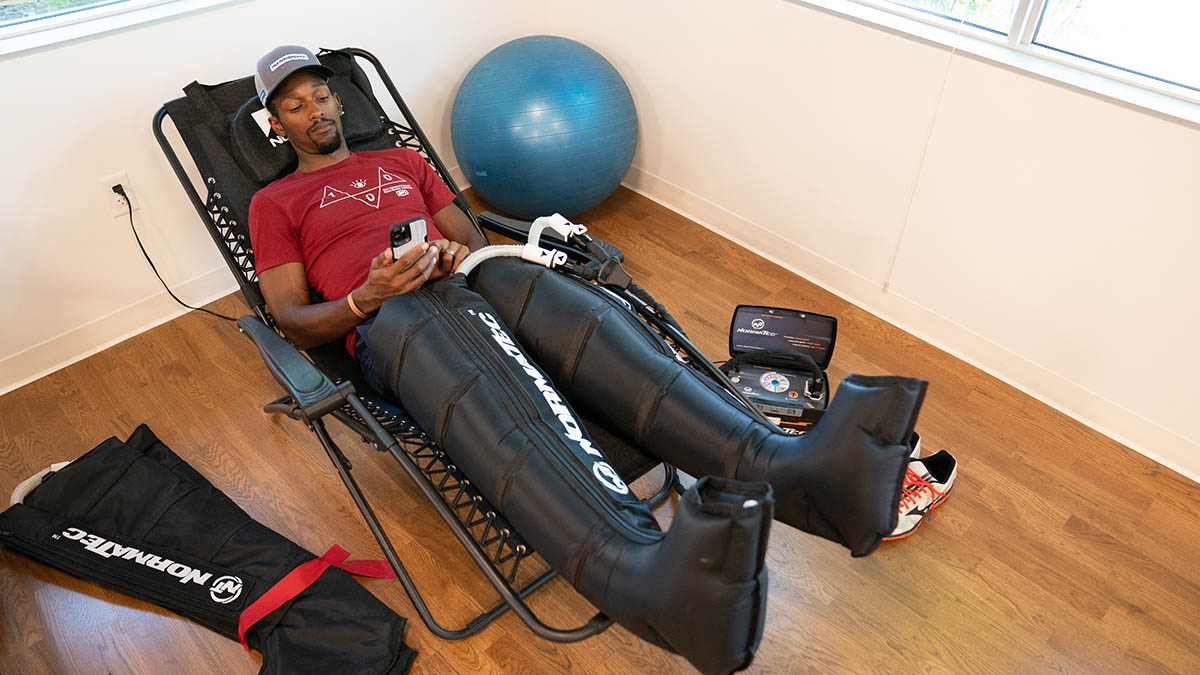Every athlete has a workout they dread. Whether it’s a specific set of intervals, mile repeats, or grinding out an FTP test, it can be extremely difficult to feel motivated to get out the door and put an earnest effort into a workout you hate. Unfortunately, for coaches, the reality is this workout is usually one of the most important in an athlete’s calendar. The longer they avoid it, or put in an uninspiring effort, the longer they drag out achieving the adaptations you’re looking for.
That being said, as a coach you likely know that a huge percentage of difficult training effort is mental. If your athletes can adjust their mindset, they can likely put in the effort you’re looking for. Here are some tips on how to turn your athlete’s least favorite workout into something they see with renewed appreciation (and possibly even enjoy!)
1. The Mindset Reset
We’ve all had that one workout where we had a really bad experience. Your athlete obviously has an avoidance pattern for their least favorite workout for a reason. It’s your job to dig further and ask your athlete why specific workouts are their least favorite. Was it too hard? Is their dislike stemming from a bad race experience or a previous failure? Do they not see it as worth their time?
Knowing what makes the workout difficult for your athlete helps you lay the groundwork for reformatting their mindset. Once you know what aspects of the workout they hate, you can then start exploring with them how to manipulate those aspects into something more likeable.
2. Soften Expectations
Generally speaking, disliked workouts are seen as either a waste of their time or have a high potential for failure. Don’t hesitate to dial it back or change up the effort level so your athlete can baby step into the workout. If your athlete just wants to go hard all of the time and hates their LSD workout, try either reducing the length or incorporating a shorter high effort interval into the middle of the workout so they have something to look forward to. If they dread strength training sessions, keep things really simple by reducing the workout to five essential movements with limited equipment needed.
Setting lower expectations and simplifying workouts allows for future follow-through. Try not to have the ‘all or nothing’ mindset for every workout. Be open to guiding your athlete with gradual baby steps and strive to reframe their success. After a while, if the athlete thinks these workouts are too easy, up the challenge for them. Change the expectations of the workout accordingly.
3. Gradually Increase Frequency
Oftentimes, athletes don’t like the workouts that they don’t do very often. Non-familiarity definitely drives greater dislike. If you can, increasing the frequency of a disliked workout will reduce their overall anxiety about the session and make it feel more routine.
I recognize that there are specific times of year where it’s challenging to ask your athletes to do a specific kind of workout frequently (i.e. training out on the road in the heart of winter.) In this case, I find honesty is the best path forward. I often tell my athletes, “The first time you do a workout is always the hardest—especially if you haven’t done it in a while.” Typically what scares a lot of athletes is that initial challenge of mentally overcoming the stress from a failed workout from the past. Once they understand and overcome the initial hurtle, a consistent frequency will make it feel easier. The more they complete their least favorite workout and recognize the outcomes, the more they’ll look forward to it.
4. Positive Peer Pressure
One option that will make suffering through a tough workout easier is suffering with a buddy. If you have an athlete that is struggling with a specific workout, ask if someone else from your training group can join them the next time you add it to their calendar. Training with others increases the fun-factor and the emotional support. Just make sure to clarify with both athletes that it’s a low pressure situation—you want them to gain value from the workout but more importantly begin to associate positive feelings with the session itself.
5. Coach Support
You’re the coach—it’s up to you to make their least favorite workouts enjoyable. Convey to your athlete that just starting and completing their least favorite workout has specific benefits. Also, empathize with them and explain that you understand their difficulties.
Reduce pressure, lower the barriers or enhance elements of the workout they need to make it successful and more enjoyable. Hopefully, these tips can help you help your athletes become more comfortable with these workouts and better understand their value.









